
It can’t have escaped your notice lately that the blog has been overrun with articles about North America’s pseudo-warblers (or wood warblers, as some people, apparently unaware the name is taken by a proper European species, call them), and, even worse, no small amount of poetry. Thanks to a relatively feral childhood I have been left immune to the power of poetry, so I shall dismiss the poetry (a form of art comparable at best to interpretive dance) with a simple dismissive wave of the hand. Bah. As for the pseudo-warblers, I’m not actually against them so much, they are after all a family that, while wanting for a name that is descriptive and not derived from a misapplication of European names, are easy to identify and pleasant enough on the eye (with a few exceptions). A great shiny bauble to entice people to the hobby, before they get stuck into great big proper meaty birds (in a strictly not-eating-them sense). Baby’s First Bird, if you will.
Vultures are proper birds. Big hearty birds that hearty men and women of the wild can get their teeth into (again, in a metaphorical sense). They separate the women from the girls, the non-birders from the birders. The prissy, tree-hugging types who turn their nose at how nature really is have no time for a hissing, snapping and gore-splattered mob of vultures fighting their way around some purulent and bloated corpse or disembowelled cute baby antelope. True birders, birders who like birds, love em. I love them because they are one of the few birds that let the inscrutable mask most birds have drop, and show us just how little distance there is between them and the Jurassic raptors they evolved from. They are birds at their most composed, soaring effortlessly on thermals across the sky, and birds at their most feral. And they are always a pleasure to see.
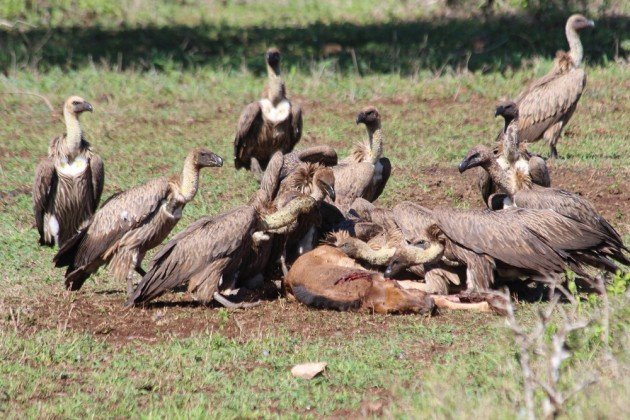 The cute dead little Wildebeest? The vultures didn’t kill it, but they’ll clean up the mess.
The cute dead little Wildebeest? The vultures didn’t kill it, but they’ll clean up the mess.
The White-backed Vulture is the most common species of vulture in Africa, although these days they are, like most vultures, globally endangered. The populations remain stable in Ethiopia, Tanzania and southern Africa, but have collapsed in West Africa and have declined in other parts as well. On my recent visit to southern Africa I saw them in several parks and even outside some protected areas, and in some numbers too. They are threatened by hunting for traditional medicine, veterinary drugs, and poachers who poison them to conceal their poaching activities. Fortunately, after what happened in Asia conservation groups are alert to the risks and are working to protect them before things get dire.
Word spreads.
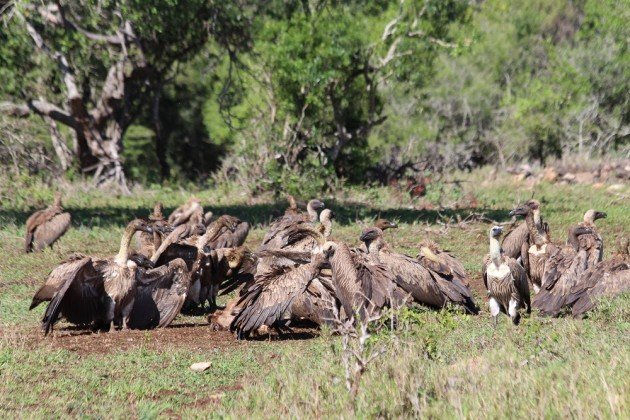 And more arrive (note the bossy one on the left, showing his wings and being all that).
And more arrive (note the bossy one on the left, showing his wings and being all that).
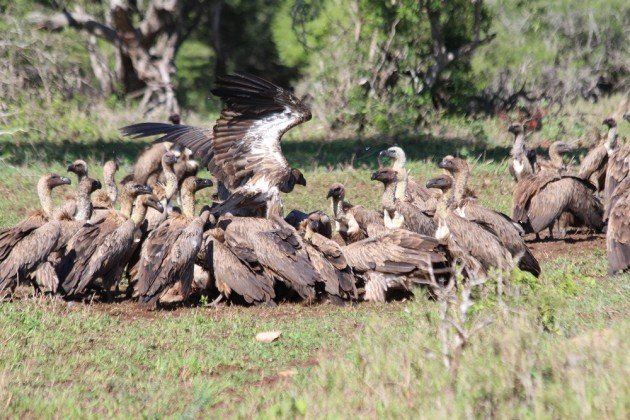 Late arrivals have to “crash by”
Late arrivals have to “crash by”
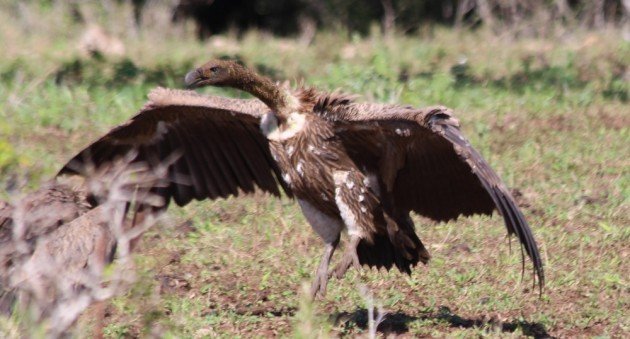 Or come rushing in, fists (or wings) swinging
Or come rushing in, fists (or wings) swinging
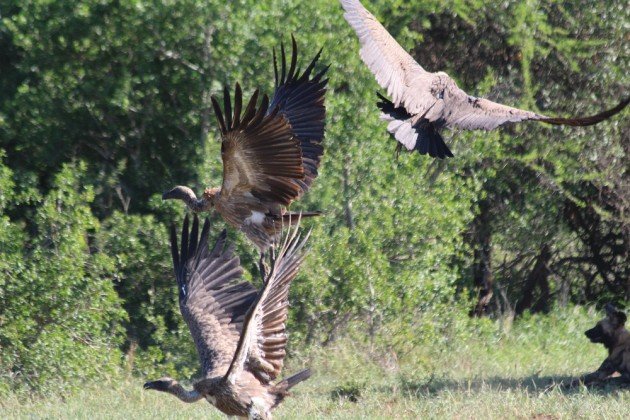 Of course, being around predators means you need to make a quick exit sometimes (note the Painted Wolf)
Of course, being around predators means you need to make a quick exit sometimes (note the Painted Wolf)
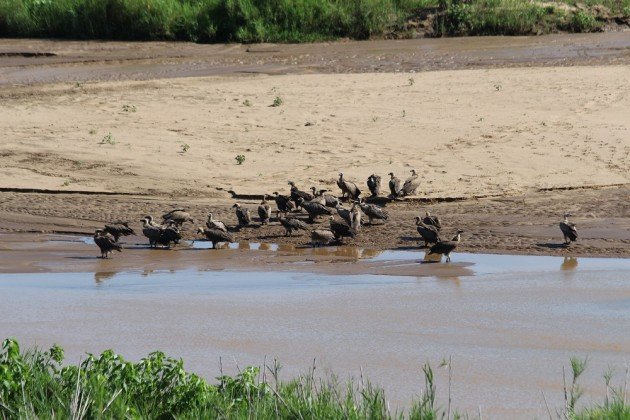 And afterwards, a drink (of course, I’ve spun this into a narrative, but these images are actually from different days and different parks!)
And afterwards, a drink (of course, I’ve spun this into a narrative, but these images are actually from different days and different parks!)
Coming in to land
So let’s hear it for not remotely small birds!


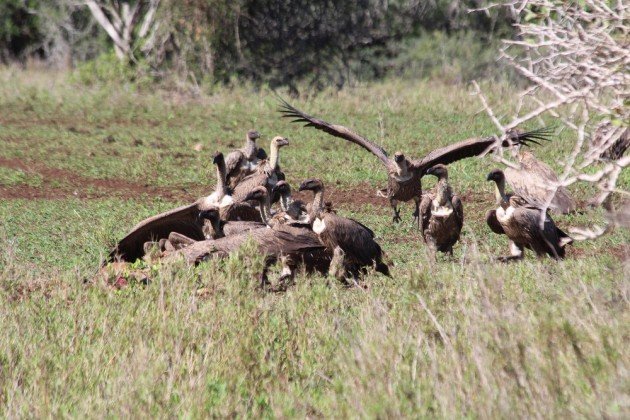
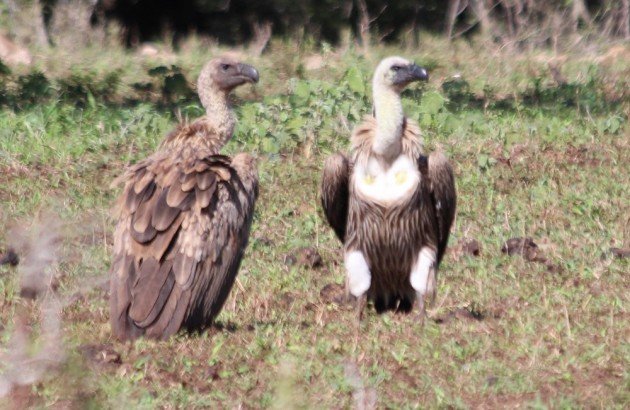
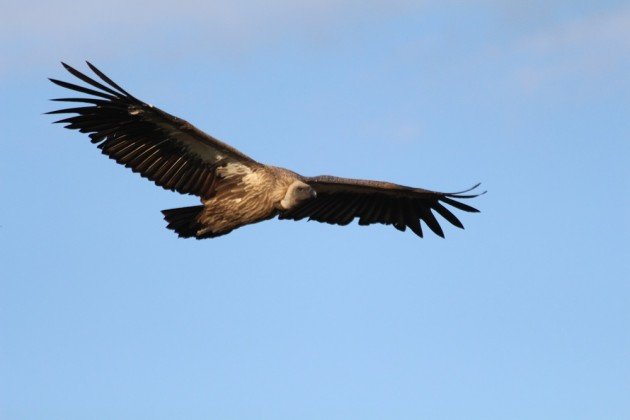
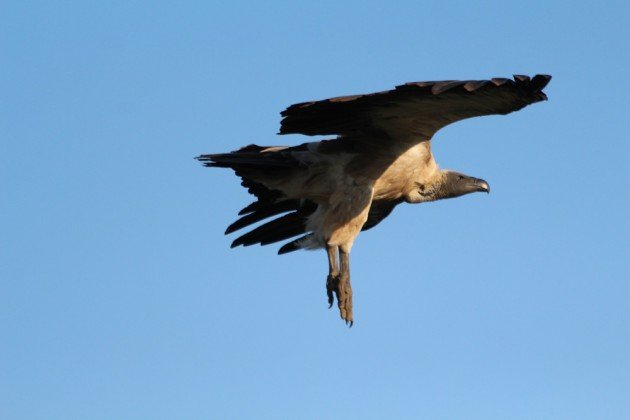











Our Wood-Warblers are,
and always will be, better
than your brown warblers.
—
But I will have to
admit, your vultures almost
are as good as ours!
O, I like the vultures well enough, but this Duncan species…
@Martina: well, I really enjoyed Turkey Vultures while I was in North America. But once a (Eurasian) Black Vulture passes over you at short distance, you’ll realize that “ours” are in an entirely different league. It’s not even fair to compare them… 😉
There once was a man from New Zealand
Who chased after birds just to see them
He dipped on a Rail
With Penguins did fail
Must jet ’round the world to avail
There was a man from the U S
Who’s Taxonomy was naught but a guess
He called a Bunting a Sparrow
And a Lampost an Arrow
And a warbler a nun in a dress
Those Nun-dressed Warblers are awesome. And habit-forming.
I really need to get out and see more birds…
Come to Portugal and watch our black vultures and griffons. We even have the “turkey vulture sized” Egyptian vulture
Jochen, I’ll admit that Lammergeiers and Egyptian Vultures are pretty awesome (and the former I’d love to see this summer in Italy, if I had enough luck)! I contemplated on writing a poem about a Lammergeier holding a skull: “To eat or not to eat…”
(And I’ll admit that your drab, first-year female warblers are a fun ID challenge…)